- General Introduction
Mandarin Chinese, also called Standard Chinese, has been the official language of China for a few decades. It is commonly used in Chinese schools, communities, institutions and media. The Chinese language is actually a collection of various dialects that can be categorized into eight groups: Northern Chinese (Mandarin), Yueh (Cantonese), Wu, Kan, Northern Min, Southern Min, Hsiang, and Hakka (Chang, 2001). Though 70% of the Chinese population are native speakers of Northern Chinese, which is the basis of modern Standard Chinese, most of the Chinese people do not speak Mandarin accurately (Chang, 2001). According to a survey (Chinese Ministry of Education, 2004), only 10% of the Chinese population can speak Mandarin fluently and accurately.
- Pinyin System
Pinyin, literally meaning “spell out the sound”, is the Romanized phonetic transcription of the Chinese language. The system is now used in China to teach Chinese to students and internationally as a second language. Pinyin system bridges the gap between writing and speech in Chinese, and enables learners to derive the meanings of characters (Siok & Fletcher, 2001).
- Syllable
The syllable is a unit whose prominence is underscored by the one-character-per-syllable writing system. The spoken syllable in Chinese is commonly composed of an initial consonant sound and a rhyme, the latter being everything apart from the initial. The rhyme involves vowels (V), a tone (T) written above the vowels, medials (M) and endings (E) (Wheatley, 2011). All possible pinyin syllables can be represented by the formula below as Figure 1.
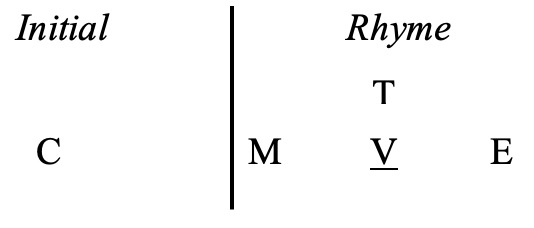
Figure 1. Formula of the Pinyin syllable (Wheatley, 2011)
There are 21 initials in Pinyin, which are exclusively consonants. Whether the initials are written with a single consonant letter (b, n, g) or two (sh, zh), they only represent one phoneme, since there is no initial ‘clusters’ (i.e. sn, cl) in Mandarin. There are six possible written vowels in Mandarin – a, e, i, o, u and ü. Vowels can be preceded by medials, including i, u, and ü, and followed by endings (vowels involving i and o, forming diphthongs with the preceding vowels; and consonantal n and ng). Furthermore, four tones and a feature of neutral tone are contained in the tone system of Pinyin. Common patterns of a Pinyin syllable are categorized by Wheatley (2011) as demonstrated in Table 1.
Table 1. Common Patterns of a Pinyin Syllable (Wheatley, 2011)

- Consonant
As mentioned, there are 21 initial consonants in the pinyin system, as shown in Table2. The leftmost column indicates the manner of articulation, and the upper row represents the place of articulation. The Pinyin initials are marked in bold, with their counterparts in IPA enclosed in the brackets.
Table 2. Mandarin Initials (Wikipedia)

2. Vowel
Vowels, also known as rhymes in Mandarin, includes monophthong (simple rhyme or 單韻母), diphthong and compound finals (複韻母). There are six vowels or monophthongs in Chinese Mandarin and a retroflex with [e] as the base. Some people may also include e (/ɛ /), because it occurs in two Mandarin diphthongs [ie] and [üe]. The seven monophthongs together with their IPA symbols are listed in Table 3.
Table 3. Monophthongs in Mandarin

Place and manner of articulation of the 7 monophthongs in Mandarin is shown in Figure 2 below.
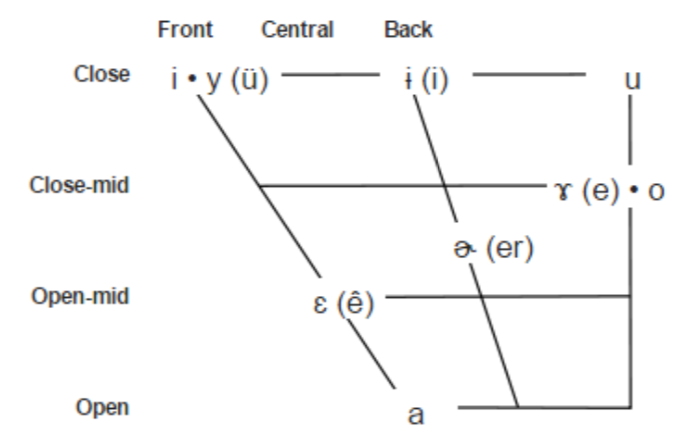
Figure 2. Vowel chart of Mandarin vowels (Yi, 1920)
There are about 30 diphthongs and compound vowels in Mandarin, as presented in Table 4, along with their counterparts in IPA.
Table 4. Compound Vowels in Mandarin
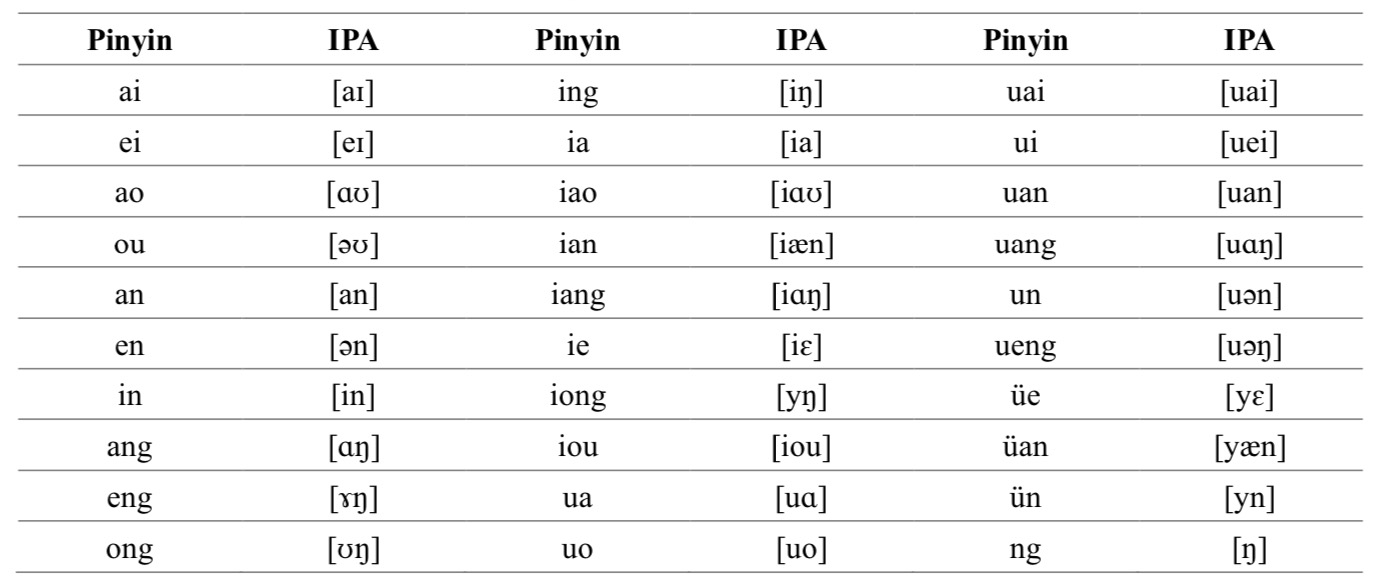
3. Tone
Tone is the most distinct feature of Mandarin. There are four tones in Mandarin, differentiated by the voice pitch. As demonstrated in Figure 3, developed by Chao (1948), the vocal range is divided into five equal pitch levels marked by the number 1 to 5.
- The first tone / the high tone
- The second tone / the rising tone
- The third tone / the low tone
- The fourth tone / the falling tone
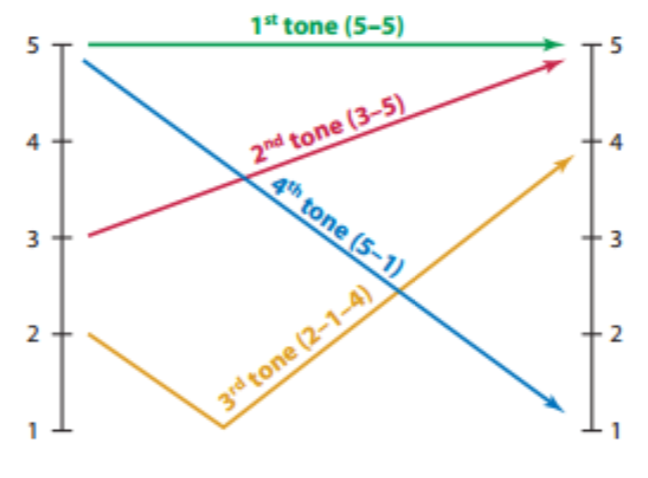
Figure 3. Tone Values at Five Levels
3.1. Neutral tone
Mandarin pronunciation involves a neutral tone, which is the fifth tone in Mandarin, that is used somewhat arbitrarily. It usually occurs with grammatical items such as le 了 and de 的, in which the central vowel is regularly reduced to a short and weak tone (Sun, 2006). Chao (1968) describes neutral tone in Mandarin as “completely unstressed” and the tone range is “flattened to practically zero and the duration is relatively short” (p. 35).
Table 5. Pitch of Neutral Tones in Mandarin (Chao, 1968)

3.2. Tone sandhi
The term “sandhi” originates from Sanskrit meaning connection and combination (Chen, 2000). “Tone sandhi” in Mandarin refers to tonal alternations in natural speech when certain syllables are connected (Sun, 2006).
a. Third Tone Sandhi
When two third-tone syllables occur contiguously, the first one should be changed to a second tone, as shown in Figure 4.
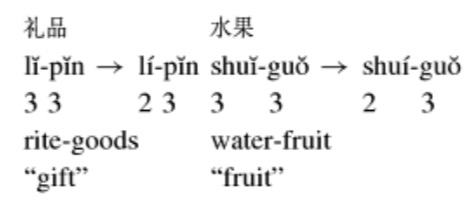
Figure 4. Third Tone Sandhi 1 (Sun, 2006)
When three third-tone syllables occur contiguously, the second syllable becomes a second tone as indicated in Figure 5.
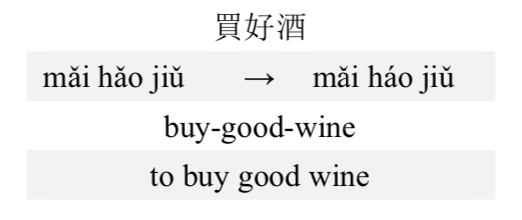
Figure 5. Third Tone Sandhi 2 (Duanmu, 2000)
b. Bu 不
- Preceding first, second or third tone, the word for “not” is pronounced as bù.
- Preceding a fourth tone, “not” is pronounced as bú.
- In resultative verbs, the negation “not” is bu, with a neutral tone. (Wiedenhof, 2015)
Table 6. Tone Sandhi for bu

c. Yi 一
- Preceding first, second or third tone, the pronunciation is yì.
- Preceding a fourth tone, the pronunciation is yí.
- Before ge “item” with a neutral tone, the pronunciation is likewise yí.
- The citation form yī appears before a pause or neutral tone.
Table 7. Tone Sandhi for yi

References
Chang, J. (2001). Chinese Speakers. In S. Michael & S. Bernard (Eds.), Learner English: A Teacher’s Guide to Interference and Other Problems. Cambridge: Cambridge University Press.
Chao, Y-R. (1938).Mandarin Primer: An Intensive Course in Spoken Chinese. London: Cambridge, Mass.: Harvard University Press.
Chao, Y-R. (1968). A Grammar of Spoken Chinese. University of California: Berkeley and Los Angeles.
Chinese Ministry of Education. (2004). ‘Zhongguo yuyan wenzi shiyong qingkuang diaocha bufen shuju’ [Survery of language use in China” partial data] Retrieved from http://www. Chinalanguage.gov.cn/doc/zhongguodiaocha2004-12/shujv.doc
Wikipedia. Pinyin. (n. d.). Retrieved from https://en.wikipedia.org/wiki/Pinyin.
Siok, W. T. & Fletcher, P. (2001). The role of phonological awareness and visual-orthographic skills in Chinese reading acquisition. Developmental Psychology, 37(6), 886-899.
Sun, C. (2006). Chinese: A Linguistic Introduction. Cambridge: Cambridge University Press.
Wheatley, J. K. (2011). Learning Chinese: A Foundation Course in Mandarin. New Haven, CT: Yale University Press.
Wiedenhof, J. (2015). A Grammar of Mandarin. America: John Benjamins B.C.
Yi, T. L. (1920). Lectures on Chinese Phonetics [國音學講義]. Shanghai: Commercial Press.
Hits: 130687